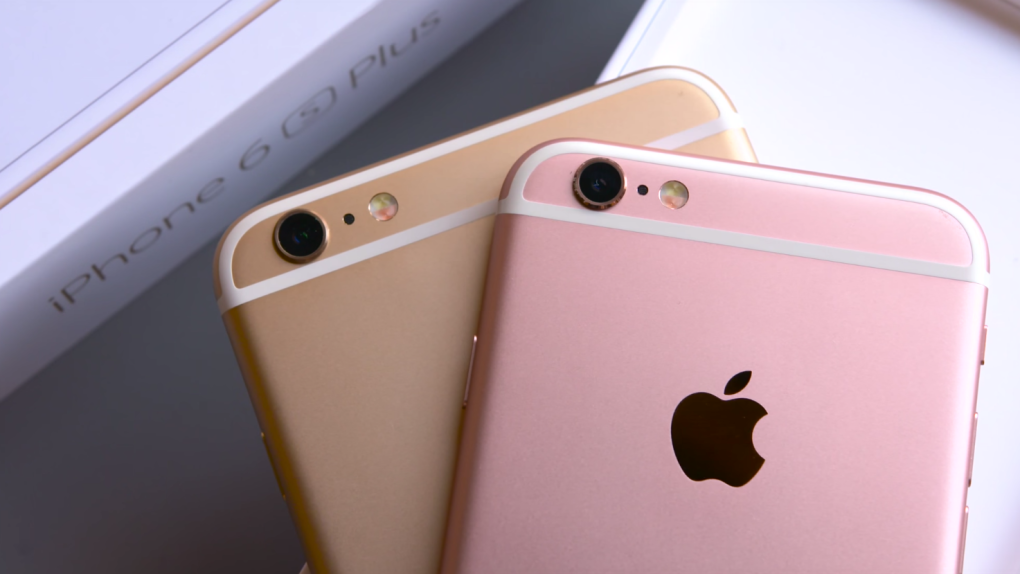Apple announced it sold more than 13 million combined iPhone 6s and iPhone 6s Plus units during the opening weekend, including preorders. The phone was available online in a dozen markets including China for almost two weeks before launching in stores, helping Apple beat its iPhone 6 launch weekend sales record.
But an analytics company says that iPhone 6s and iPhone 6s Plus show lower adoption rates than their predecessors.
DON’T MISS: How someone acquired the Google.com domain name for a single minute
According to Localytics, which recently revealed the iPhone 6 is the dominant model of the iPhone market with a 30% share, the iPhone 6s and iPhone 6s Plus accounted for 1.9% of all iPhones after the first week of sales. Comparatively, the iPhone 6 models accounted for 2.7% of all iPhones after the same period.
The company also says that adoption rate of the iPhone 5s and iPhone 5c was lower than the iPhone 5 adoption rate.
“In 2013, only 1.2% of all iPhone users had upgraded [emphasis ours] to the new 5S or 5C models within the first week of their availability,” the company writes. “Whereas, in 2012 the iPhone 5 accounted for 3.1% of all devices after the first week of sales.”
Looking at percentages alone, it makes sense that the iPhone “S” generation has lower adoption rates than previous models. But Localytics doesn’t mention any numbers for its comparisons. Apple grew its installed base year after year. Therefore, there are more and more iPhones in circulation each year. That means a lower percentage for the iPhone 6s isn’t relevant alone without knowing what that means in millions of units.
In the first three quarters since launching the iPhone 6, Apple has sold a total number of 183.17 million iPhones (iPhone 6, iPhone 6 Plus, iPhone 5s and iPhone 5c). Numbers for the September quarter, which include the over 13 million iPhone 6s sales, will be announced later this month.
This enormous number of new iPhone activations should indeed play a significant role when assessing what the first week of iPhone 6s sales means compared to the total number of iPhones. That’s especially true since iPhones retain value over time, with used iPhone sales booming around new iPhone launches. That means older devices are likely to be passed on to others, rather than being left in a drawer to collect dust.
Furthermore, Localytics seems to count only upgrades in its study from Apple’s existing iPhone users (see the previous quote and emphasis for 2013 iPhone adoption rate.) That means a large number of iPhone 6s purchases going to users who have owned a different smartphone in the past, or who have not owned smartphones at all, are uncounted.
Apple, meanwhile, has continuously stressed that iPhone 6 brought over a large number of Android users who ditched Google’s platform in favor of Apple’s newest iPhones.
So, is this report bad news for Apple? Localytics data indicates that the percentage of existing iPhone users who have upgraded to iPhone 6s is smaller than the ones who moved to iPhone 6 last year, but the actual number of iPhones in use for both periods of time isn’t specified. In fact, 1.9% of a larger pool of active iPhone users might translate into more sales than the previous year’s 2.7% adoption rate.
Graphs showing the aforementioned Localytics findings follow below.




